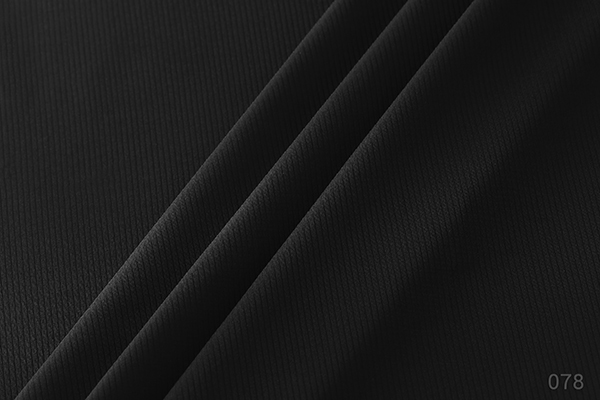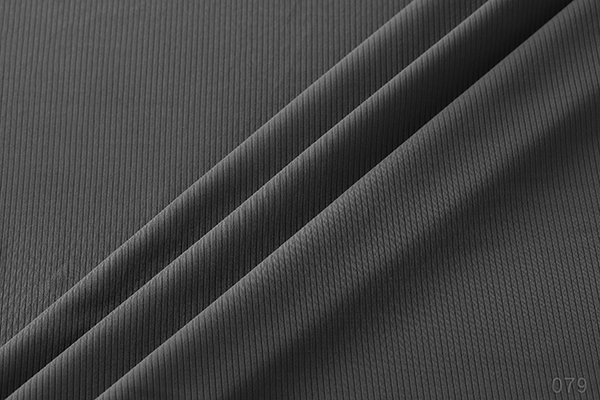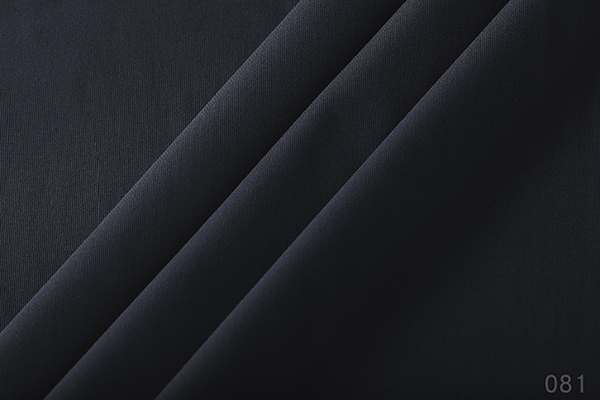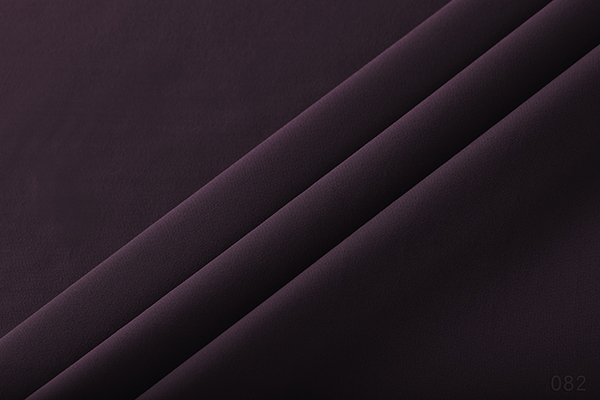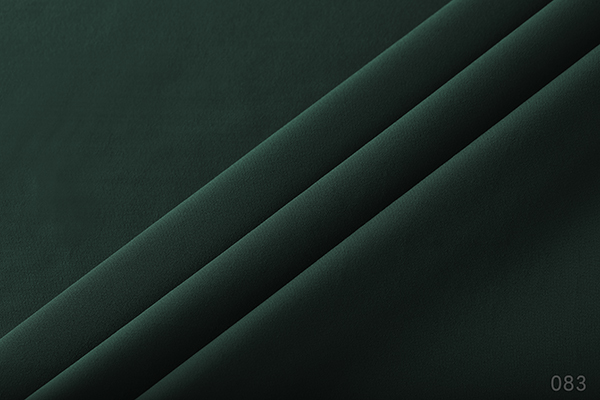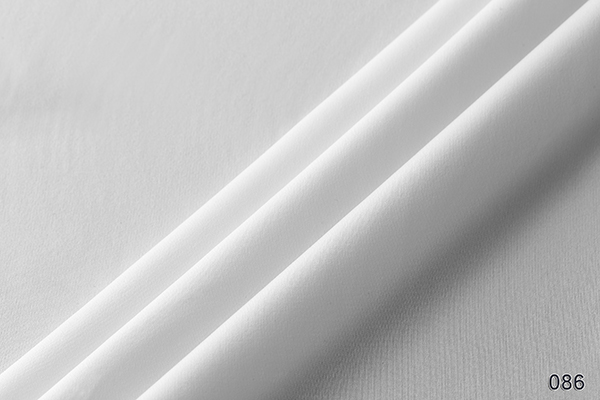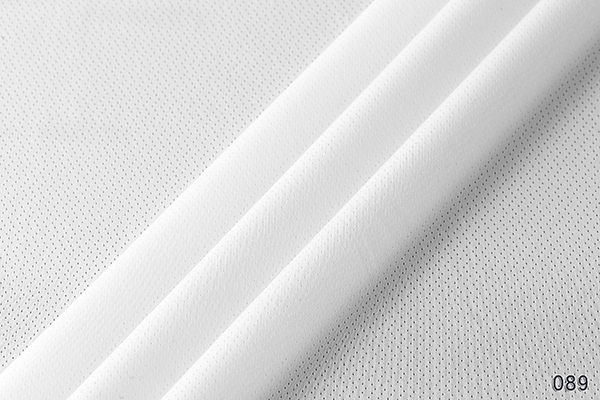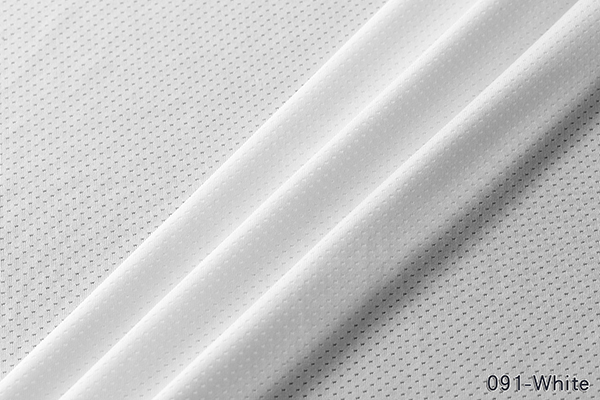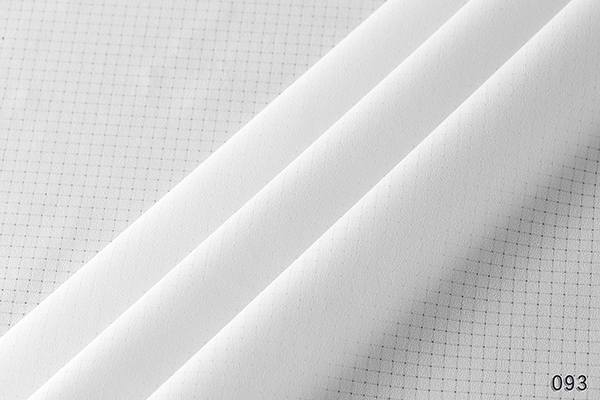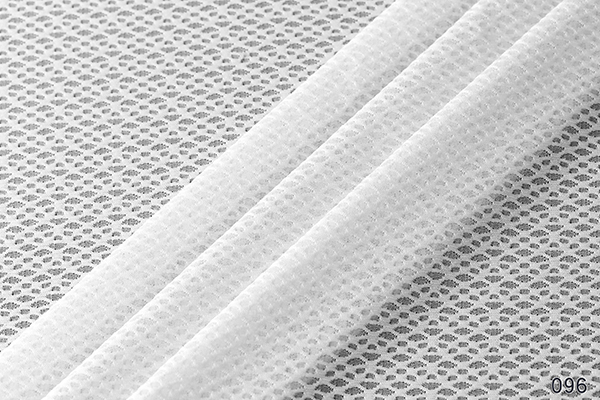Running Fabric
Characteristics Of The Fabric
When it comes to fabric, there are a lot of different properties to consider. This can be anything from the fabric's weight and feel to its durability and color. Each fabric has its own unique characteristics. Some fabrics are strong and durable, while others are soft and gentle. Some are absorbent, while others are waterproof. Some fabrics are easy to care for, while others require special care.
Fabric properties can also be affected by the way it is woven or knit. A tightly woven fabric will be more sturdy, while a loosely woven fabric will be more lightweight and airy. The type of thread used also contributes to the properties of the fabric.
In general, natural fibers are more breathable and absorbent than synthetic fibers. They are also usually less durable and easy to care for. Synthetic fibers, on the other hand, are more durable and easy to care for, but they are not as breathable and absorbent.
When choosing a fabric for your project, consider what properties are most important to you. If you need a fabric that is breathable and absorbent, natural fibers are a good choice. If you need a fabric that is durable and easy to care for, synthetic fibers are a good choice.Here are some of the most common fabric properties:
Weight: The weight of a fabric refers to how thick or thin it is. This is usually expressed in ounces per yard.
Feel: The feel of a fabric is how it feels to the touch. This can be soft, stiff, smooth, textured, etc.
Durability: The durability of a fabric is how well it holds up over time. This can be affected by things like the fiber content, the weave, and the finish.
Color: The color of a fabric is self-explanatory. But it's important to note that fabric can fade over time, so you may want to choose a color that you're happy with long-term.
Absorbency: This is the ability of a fabric to absorb moisture. Highly absorbent fabrics, such as cotton, are great for towels and other items that need to soak up moisture. Waterproof fabrics, on the other hand, are ideal for raincoats and other garments that need to keep you dry.
Stretch: This is the ability of a fabric to stretch or deform without tearing. Stretchy fabrics, such as spandex, are ideal for clothing that needs to be form-fitting. Non-stretchy fabrics, such as denim, are better for clothing that needs to hold its shape.
Wrinkle-resistance: This is the ability of a fabric to resist wrinkling. fabrics that are resistant to wrinkles, such as polyester, are ideal for clothing that needs to look neat and tidy. fabrics that wrinkle easily, such as linen, are better for clothing that is meant to be casual.
Softness: The softness of a fabric is important for many garments and products. A soft fabric is more comfortable to wear and will feel better against the skin.
Ease of care: The ease of care of a fabric is also an important consideration. Some fabrics require special care, such as dry cleaning, while others can be machine washed.
These are just a few of the most common fabric properties. Depending on your project, you may need to consider other factors as well. But understanding these basic properties will help you choose the right fabric for the job.


